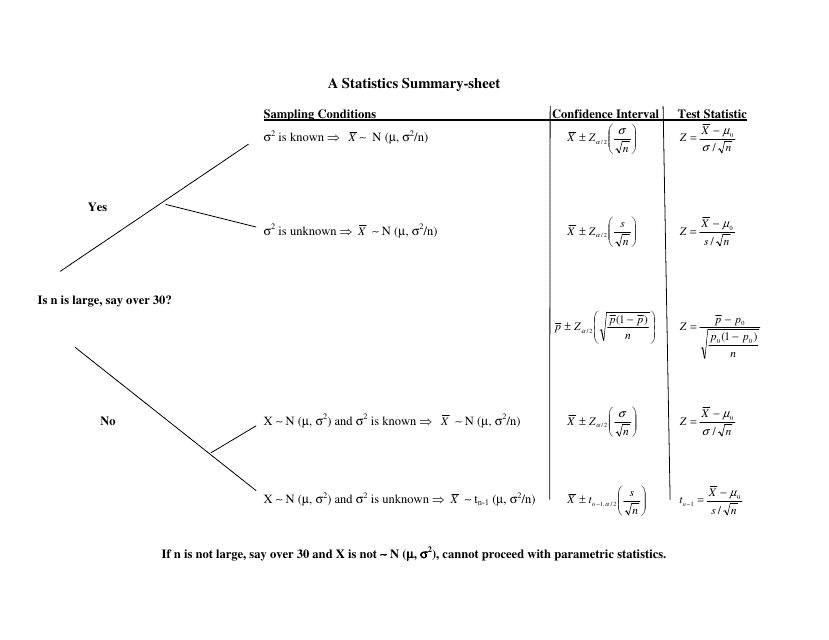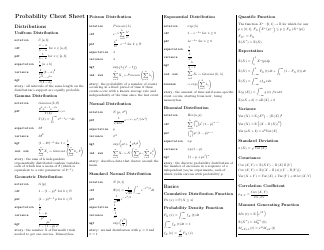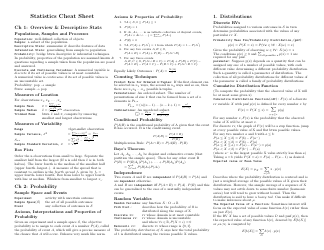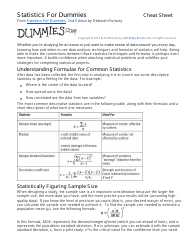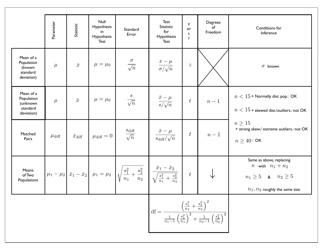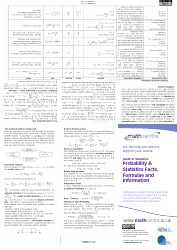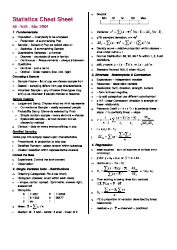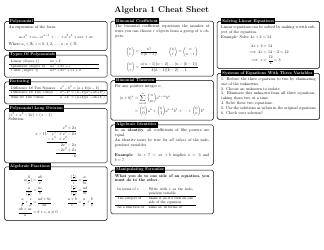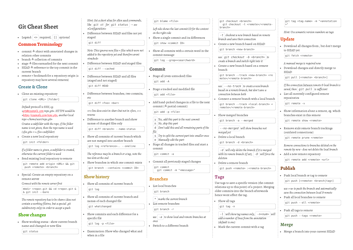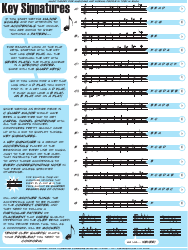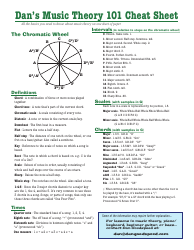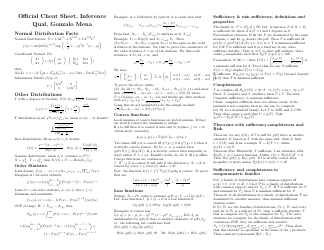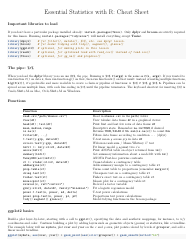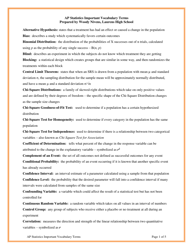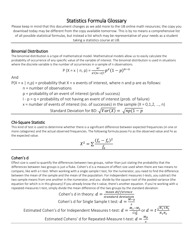Statistics Cheat Sheet - Theory
The "Statistics Cheat Sheet - Theory" is a document that provides a concise summary of key concepts and formulas in statistics. It is designed to serve as a quick reference guide for individuals studying or working with statistical concepts.
FAQ
Q: What is statistics?
A: Statistics is the study of collecting, analyzing, interpreting, presenting, and organizing data.
Q: What are the two main branches of statistics?
A: The two main branches of statistics are descriptive statistics and inferential statistics.
Q: What is descriptive statistics?
A: Descriptive statistics involves summarizing and presenting data using measures such as mean, median, and standard deviation.
Q: What is inferential statistics?
A: Inferential statistics involves drawing conclusions or making predictions about a population based on sample data.
Q: What is a population in statistics?
A: In statistics, a population refers to the entire group of individuals or objects that we are interested in studying.
Q: What is a sample in statistics?
A: In statistics, a sample refers to a smaller subset of the population that is used to gather information and make inferences about the whole population.
Q: What is a parameter?
A: A parameter is a numerical summary of a population, such as the population mean or standard deviation.
Q: What is a statistic?
A: A statistic is a numerical summary of a sample, such as the sample mean or standard deviation.
Q: What is the difference between a parameter and a statistic?
A: A parameter describes a population, while a statistic describes a sample.
Q: What is the central limit theorem?
A: The central limit theorem states that, regardless of the shape of the population distribution, the sampling distribution of the sample mean approaches a normal distribution as the sample size increases.
